The pyramid of Sahure (Ancient Egyptian: Ḫꜥỉ-bꜣ Sꜣḥw-Rꜥ, lit. 'Rising of the ba of Sahure') is a pyramid complex built in the late 26th to 25th century BC for the Egyptian pharaoh Sahure of the Fifth Dynasty. It introduced a period of pyramid building by Sahure's successors in Abusir, on a location earlier used by Userkaf for his sun temple. The site was first thoroughly excavated by Ludwig Borchardt between March 1907 and 1908, who wrote the standard work Das Grabdenkmal des Königs Sahu-Re (English: The Funerary Monument of King Sahure) between 1910 and 1913.
The pyramid complex's layout was adopted by succeeding kings of the Fifth and Sixth Dynasties, marking a milestone in pyramid complex construction. Compared to the preceding Fourth Dynasty...Read more
The pyramid of Sahure (Ancient Egyptian: Ḫꜥỉ-bꜣ Sꜣḥw-Rꜥ, lit. 'Rising of the ba of Sahure') is a pyramid complex built in the late 26th to 25th century BC for the Egyptian pharaoh Sahure of the Fifth Dynasty. It introduced a period of pyramid building by Sahure's successors in Abusir, on a location earlier used by Userkaf for his sun temple. The site was first thoroughly excavated by Ludwig Borchardt between March 1907 and 1908, who wrote the standard work Das Grabdenkmal des Königs Sahu-Re (English: The Funerary Monument of King Sahure) between 1910 and 1913.
The pyramid complex's layout was adopted by succeeding kings of the Fifth and Sixth Dynasties, marking a milestone in pyramid complex construction. Compared to the preceding Fourth Dynasty, the immensity of the constructions was dramatically reduced but, in tandem, the decorative programme proliferated and temples were augmented by enlarged storeroom complexes. The complex is estimated to have had 10,000 m2 (110,000 sq ft) of finely carved relief adorning its walls, of which 150 m2 (1,600 sq ft) has been preserved. Some of these reliefs are considered unparalleled in Egyptian art, such as the 8 m (26 ft) by 3 m (9.8 ft) (4.2 × 1.6 royal cubits) hunting scene from the mortuary temple. For comparison, Sahure's temple contained 370 running metres (1,214 running feet) of such relief decoration, while the temple of Khufu's Great Pyramid contained 100 running metres (328 running feet). The complex is also remarkable for the array of valuable materials – such as granite, alabaster and basalt – used extensively in its construction.
The main pyramid was built from roughly hewn limestone blocks bound with mud mortar and encased with fine white Tura limestone. It had a base of about 78.5 m (258 ft; 149.8 cu) to 78.75 m (258.4 ft; 150.29 cu) long converging at either 50°11′40″ or 50°30′ towards the apex between 47 m (154 ft; 90 cu) and 48 m (157 ft; 92 cu) high. The architects made an error in demarcating the pyramid base, extending it too far east. The pyramid's internal chambers were devastated by stone thieves, rendering an accurate reconstruction impossible. Stone fragments believed to belong to the king's basalt sarcophagus are the only remains of the burial that have been found. The mortuary temple adjacent to the pyramid's east face comprises an entrance hall, an open courtyard, a five-niche statue chapel, an offering hall, and storerooms. These elements had appeared in mortuary temples since the reign of Khafre. South of the temple is the enclosure with the cult pyramid, employing the same construction method used in the main pyramid but on a reduced scale, with a base length of 15.7 m (52 ft; 30.0 cu) converging at 56° to a peak 11.6 m (38 ft; 22.1 cu) high. The complex's two temples are linked by a 235 m (771 ft; 448 cu) long intricately decorated and well-illuminated causeway. The valley temple is situated on Abusir lake and is unusual for having two entrances: the main on its east side, and a secondary one on its south. It remains unclear why a second entry point was built, though it may have been connected to a pyramid town to its south.
Sahure's mortuary temple became the object of a cult of Sekhmet around the Eighteenth Dynasty. The cult was active through to the Ptolemaic Kingdom, though its influence began to wane following the reign of Ramesses II. This period heralded the first wave of destruction on the Abusir monuments, whilst Sahure's escaped the dismantlement, possibly as a result of the cult's presence. The monuments stirred interest again in the Twenty-Fifth to Twenty-Sixth Dynasties, which is shown by the copying of reliefs from the mortuary temples of Sahure, Nyuserre and Pepi II by the pharaoh Taharqa for the temple of Kawa in Nubia. A second wave of destruction of the Abusir monuments took place in the Twenty-Seventh Dynasty, but Sahure's temple was spared again, the cult still being present. With the onset of the Roman period, the Abusir monuments, including Sahure's, were subjected to a third wave of destruction. At the beginning of the Christian era, Sahure's temple became the site of a Coptic shrine, as evidenced by the recovery of pottery and graffiti dating to between the 4th and 7th century AD. Thereafter, until the late 19th century, the monuments were periodically quarried for limestone.


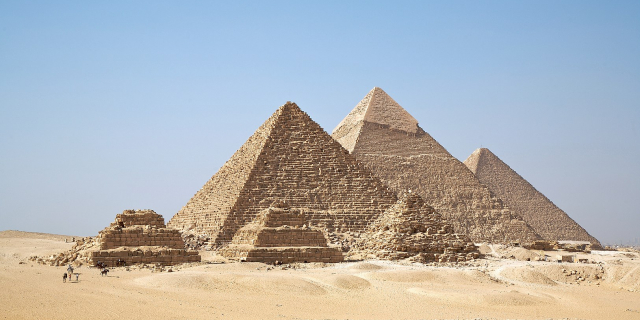
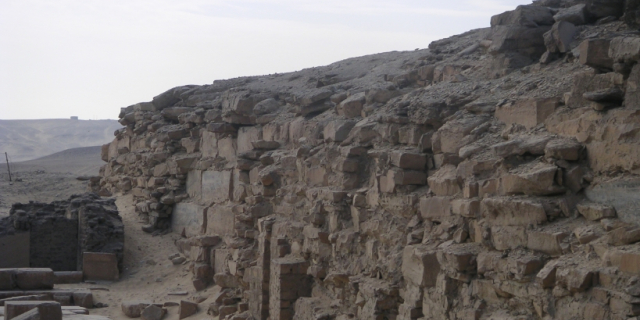


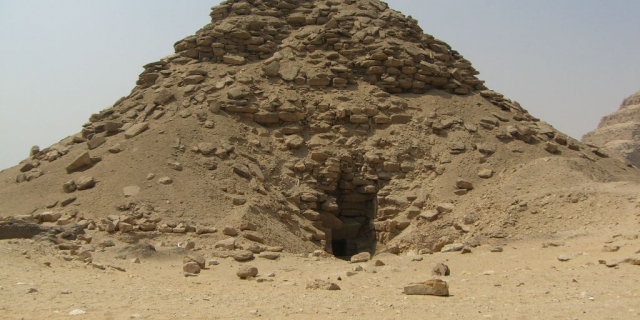

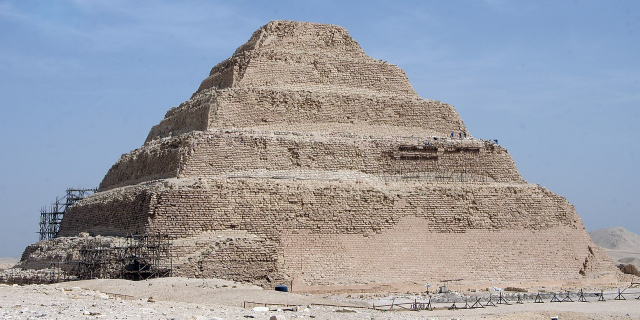




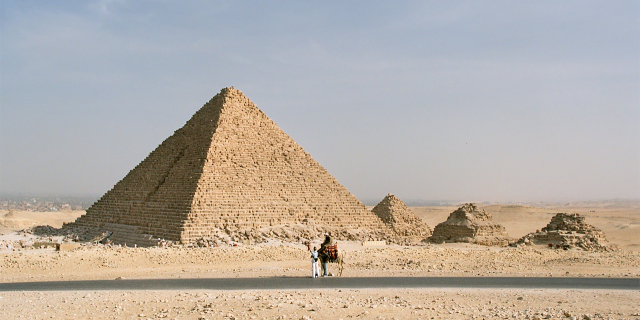

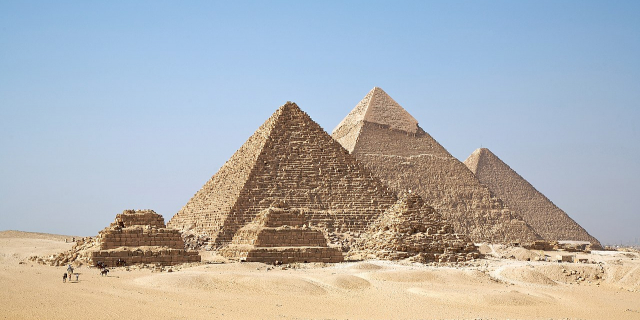


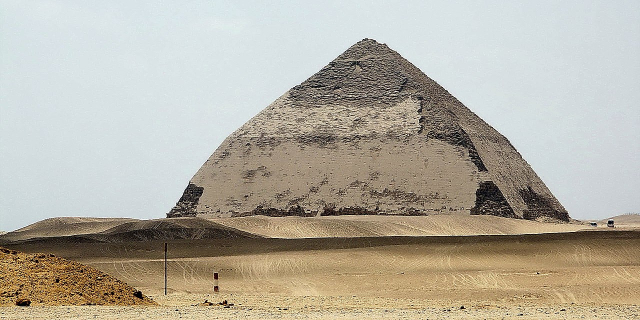
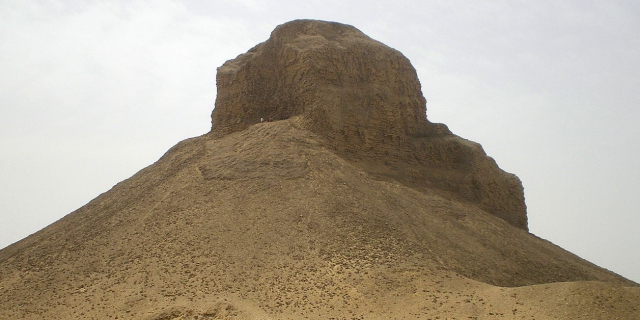


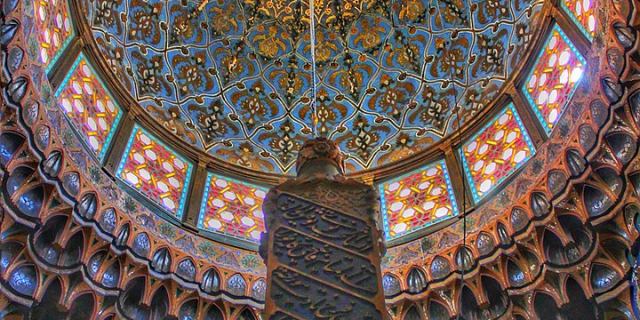


Add new comment